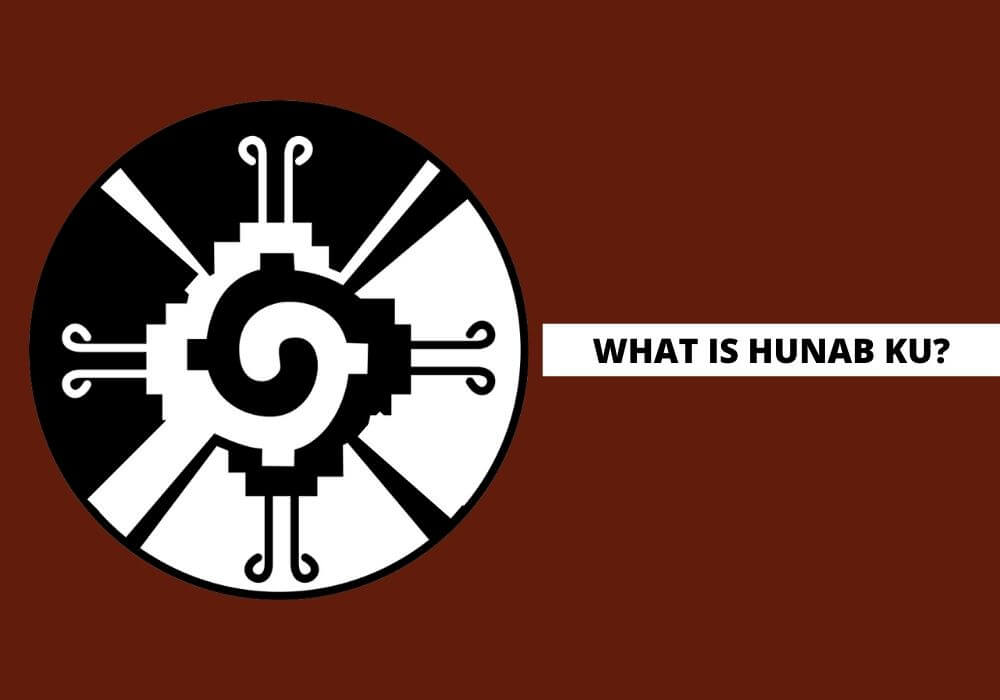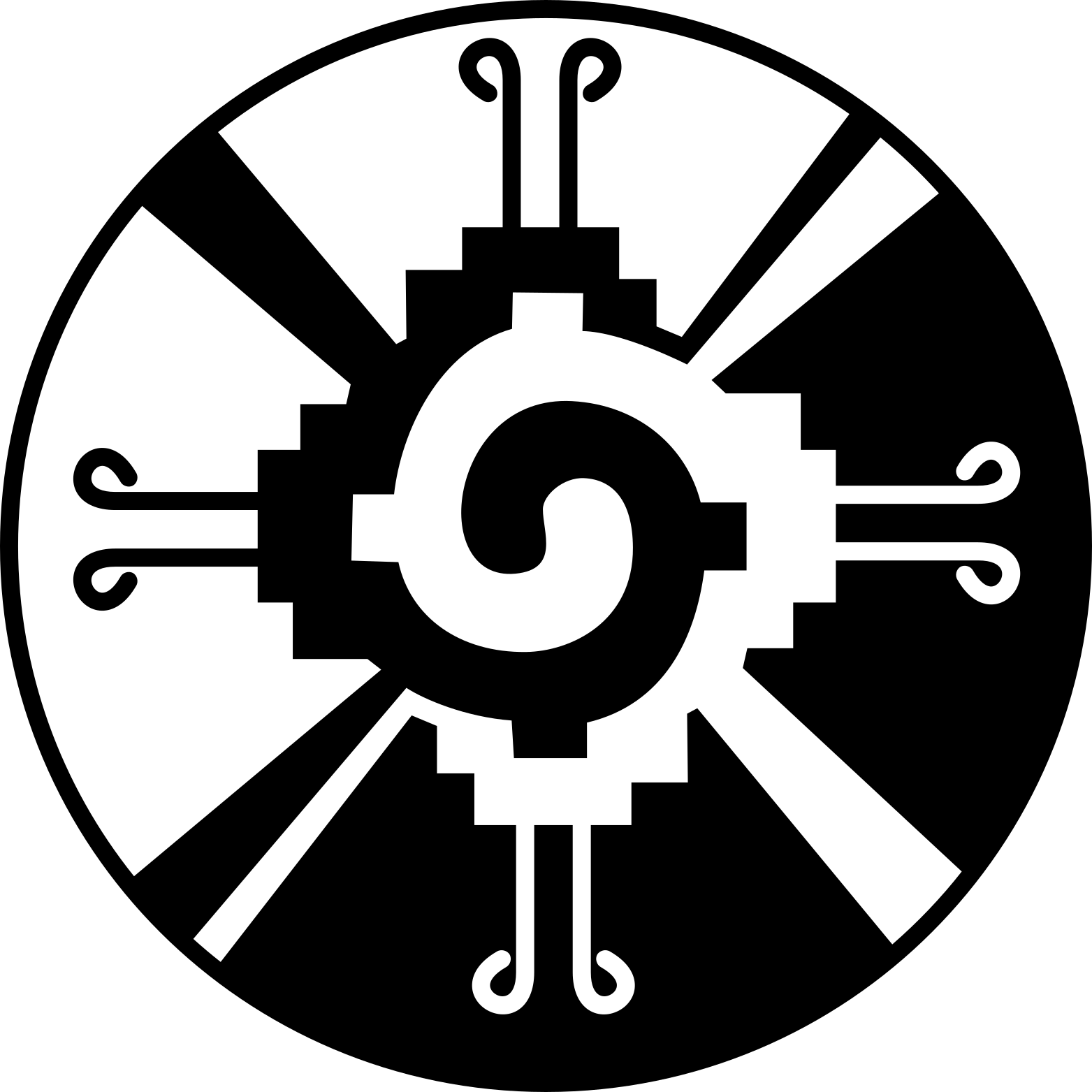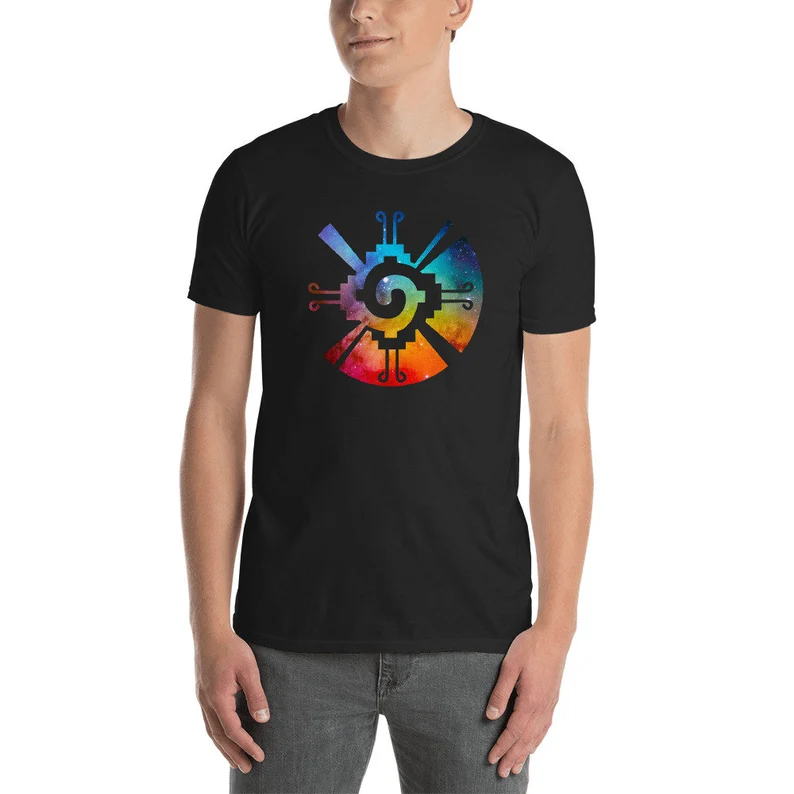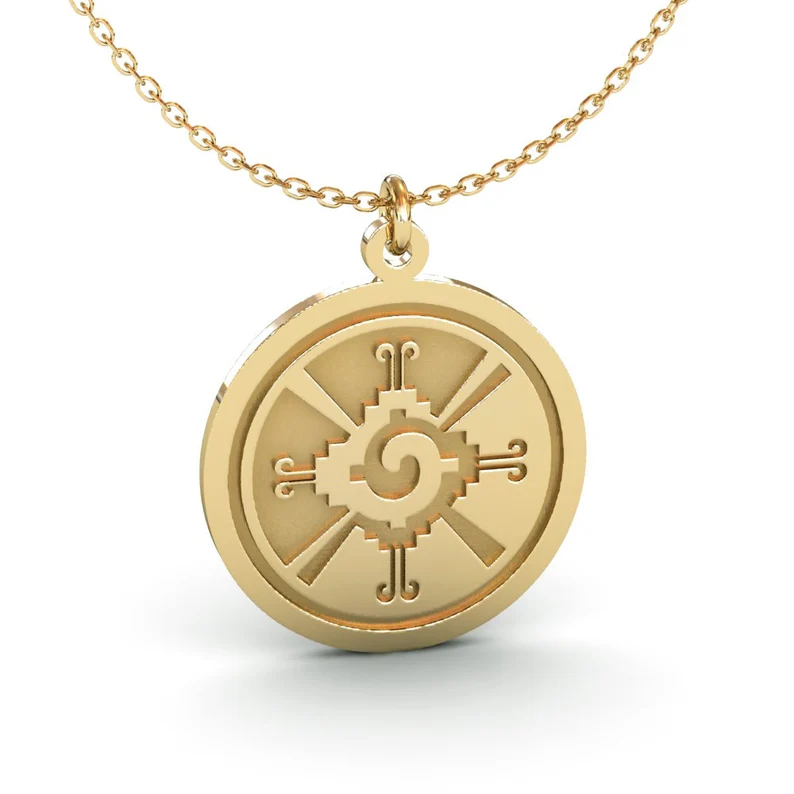
Table of Contents
Hunab Ku is a concept that comes from Yucatec Mayan tradition, where it is considered to represent the Supreme God or the ultimate power and source of life. It’s an ancient Mayan symbol, that’s popular even today in Latin American and Chicano communities. Let’s take a look at this complex symbol and the many powerful concepts associated with it.
What Does Hunab Ku Mean?

The phrase “Hunab Ku” is typically interpreted to mean “Sole God” or “One God,” with “Hunab” meaning “one state of being” and “Ku” referring to “God”. This entity is believed to be the ultimate source of all consciousness and life in the universe. It’s sometimes considered to be a deity in Mayan tradition and at other times, a concept.
But there’s controversy surrounding the symbol’s origins. While it’s considered an ancient Mayan symbol, many scholars don’t accept this view today. The concept of Hunab Ku has roots in Mayan tradition, but it is not extensively documented in ancient Mayan texts.
When Did Hunab Ku Originate?
The earliest known references to Hunab Ku are found in the writings of Spanish colonists, especially missionary priests, who recorded Mayan practices and beliefs in the Yucatan Peninsula in the 16th and 17th centuries. A notable example is the “Books of Chilam Balam”, written by Christianized Mayas in the Yucatan during the Spanish colonial era.
What’s interesting is that the Mayans rarely mentioned the concept of Hunab Ku, i.e. a single omnipotent god. We know that the Mayans were a polytheistic society, and worshipped multiple gods. The concept of Hunab Ku as a singular, omnipotent deity is somewhat different from the more typical polytheistic framework of Mayan religion. So this brings us to the question: Did Hunab Ku exist in pre-colonial Mayan society or was it introduced afterwards? This is a matter of ongoing scholarly debate.
If the concept of Hunab Ku existed in the Mayan culture before the Spanish arrived, it appears that the Christian missionaries may have simply adopted the concept to suit their evangelizing efforts. Some scholars go so far as to suggest that Hunab Ku was a deity created by the Spanish to assist them in their missionary efforts in South America. If so, Hunab Ku could be the Christian God, with a name that the locals could understand, a linguistic invention, that would help to convert Yucatec speakers to Christianity.
What is the Hunab Ku Symbol?

Some scholars have suggested that the Hunab Ku symbol was inspired by Aztec motifs, but its exact origins are unclear. In its original form, the hunab ku is a rectangular design but was modified later by Jose Arguelles, a New Age guru, who changed the colors and the shape. The modified symbol bears a resemblance to the Chinese yin yang symbol, which is also circular and depicts a black and white inverted pattern. The hunab ku symbol can be said to represent the following concepts:
- Unity and Wholeness: The circular shape of the symbol can represent the unity and wholeness of the universe. It suggests the idea that everything in the universe is interconnected and part of one singular entity or force.
- Duality: Much like the yin-yang symbol, the Hunab Ku is often interpreted as representing the duality inherent in all things (male and female, dark and light, life and death, etc.), and the necessity of balance between these opposing forces. For every object, there exists its opposite: male and female, dark and light, internal and external, good and bad, up and down, and so on. The Hunab Ku is sometimes viewed as the bridge that connects the duality of things.
- Motion and Energy: The swirling elements of the symbol can represent motion or energy. This might be interpreted as a reference to the dynamic nature of the universe, with constant cycles of change, transformation, and renewal.
- Balance and harmony: The symbol represents a bridging of opposites and as such, symbolizes balance and harmony.
Hunab Ku Today

The hunab ku is highly popular as a design for jewelry, especially in pendants, charms, and earrings. It’s also a popular tattoo design, especially among Chicano communities. It can be found in artwork, murals, clothing and carpets.
Wrapping Up
Evidence suggests that the hunab ku is neither an ancient nor a traditional symbol of the Mayans. Its exact origins may always be shrouded in mystery, but the symbol continues to be popular for its beautiful and meaningful design. Today, it’s used less as a religious symbol and more as a fashionable symbol.








